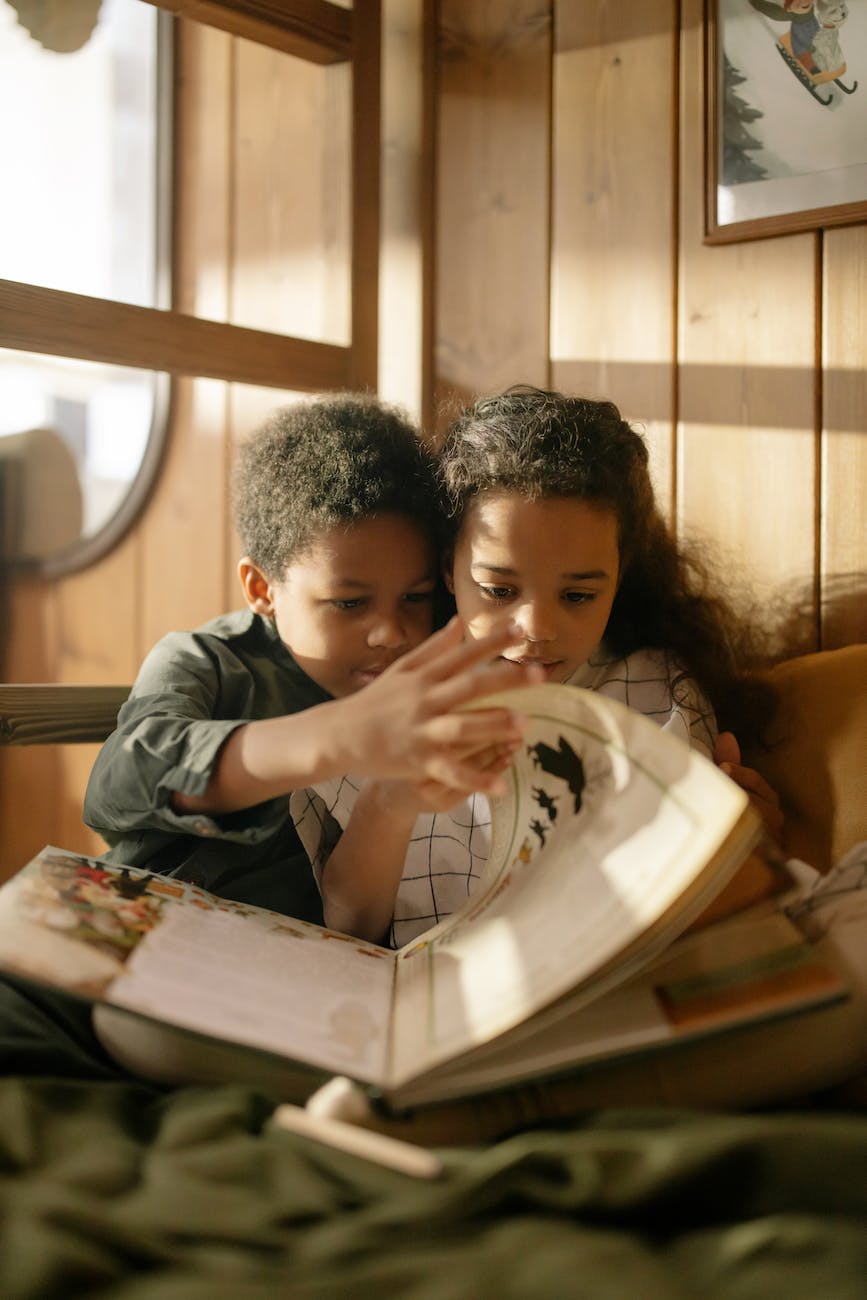Sometimes, sharing a bedroom is hard for kids, and that makes it tough for parents too.
Children can find it difficult to set their own boundaries, and respect those of others. Sharing is often a challenge, and it can lead to lots of squabbles and frustrations.
When there’s no choice but to have kids share a room, a few wily tactics can make the experience fun and even liberating for them – and a lot more harmonious for you. Having more than two children share one room can pose extra difficulties, but most of these tips are adaptable whatever your circumstances.
Make More Floor Space
Kids need space to play, so it can help cut down on squabbles if you make as much room as possible.
- Use shelves, either in units or single shelves on walls to help increase storage and display space. Again, give each child their own, maybe painted in their own colours or on their own walls.
- Consider bunk beds. Lots of kids love bunks as the structure itself creates a sense of adventure. This option can free up a lot of floor space.
- Storage beds are another thought to increase storage and keep floors clear without needing separate cupboards. Divans or ottoman styles have big storage areas under the mattress.
Bare in mind that as kids grow, bunk beds won’t always be suitable. If you’re replacing single beds with a bunk unit, consider saving the singles in storage for when needs change as they’ll probable be needed again. An alternative is to use a bunk bed structure that will dismantle into two singles.
Room to Grow is a children’s bedroom experts, supplying mid sleepers, cabin beds, loft beds, and more to families across the UK.

Help Them Set Boundaries
Some of the friction can come when kids don’t feel as though they have any personal space. We all need to feel like some things are ‘mine’, and even as adults we’re taught to value ‘me’ time.
In shared rooms, try and segregate each child’s personal space. There are various ways to do this.
- Use symmetry – make sure both kids have the same furniture, so each has a bedside table or cabinet for instance so there’s somewhere to keep personal items. Try and mirror the layout, so it’s obvious to them that they both have the same.
- Use colour – give each child their own wall space, decorated in colours or themes that reflect their individual personality. It’s perfectly ok to have half the room dedicated to unicorns and the other side to superhero’s. You can also use colour to identify personal items, such as bedding, toy boxes, bedside rugs, or cushions.
In areas where you can’t help having communal space, maybe in wardrobes or a shared desk, try and designate either drawers, shelves or hanging areas for each child. Linear wall calendars are a great way of having individual identities in a communal space as they can each writ on their own itineraries and important dates but use the calendar together.
Bedroom Storage and Personalisation
Bookcases can be very versatile. Instead of letting them stand passively against the wall, make them work a bit harder:
- As room dividers – angle them out from the wall, maybe between two desks or even between beds if bedtime creates friction between sharers.
- Run them around corners to make a shared reading nook, with individual bean bags. If children are possessive about who owns which book, colour code the shelves so they’re personal.
- Place them over beds or desks so there’s a special place for bedtime story books or schoolbooks.
Allocate a different but similar toy box or chest to each child, where they can keep personal, special items. Chests could also double as window seats, and if there’s space in the room they look nice at the foot of the bed.
Maintaining Order
Any shared space can quickly become overrun with possessions. It might help to have a regular clear out to keep the numbers down.
You don’t have to throw things away, especially when it comes to larger or more expensive items. Sometimes you’ll want to just clear them out temporarily to make room, particularly if it’s an old favourite that’s fallen out of favour for the moment. A self-storage unit can help here too.
For instance, there’s no point having tents or Wendy houses, play kitchens or tool benches taking up room when they’re not being used regularly. Similarly, you might want to keep some items safe to hand down to younger siblings when the older kids have outgrown them.
Placing items into a storage unit for a while can also renew interest in them when you fetch them back, so things may get a second lease of life.
In an ideal world, kids would get on with each other, but we all know that’s never going to happen all the time. There will always be disagreements and arguments over toys or other possessions. Having visible boundaries may help them learn the difference between ‘mine’, ‘yours’ and ‘ours’.
Sharing a bedroom has many advantages but it can be a challenge to make it work harmoniously. Giving each child personal space, setting clear but flexible boundaries, and working on the concepts of give and take might not guarantee total peace, but they should help resolve any little disputes a lot sooner.
